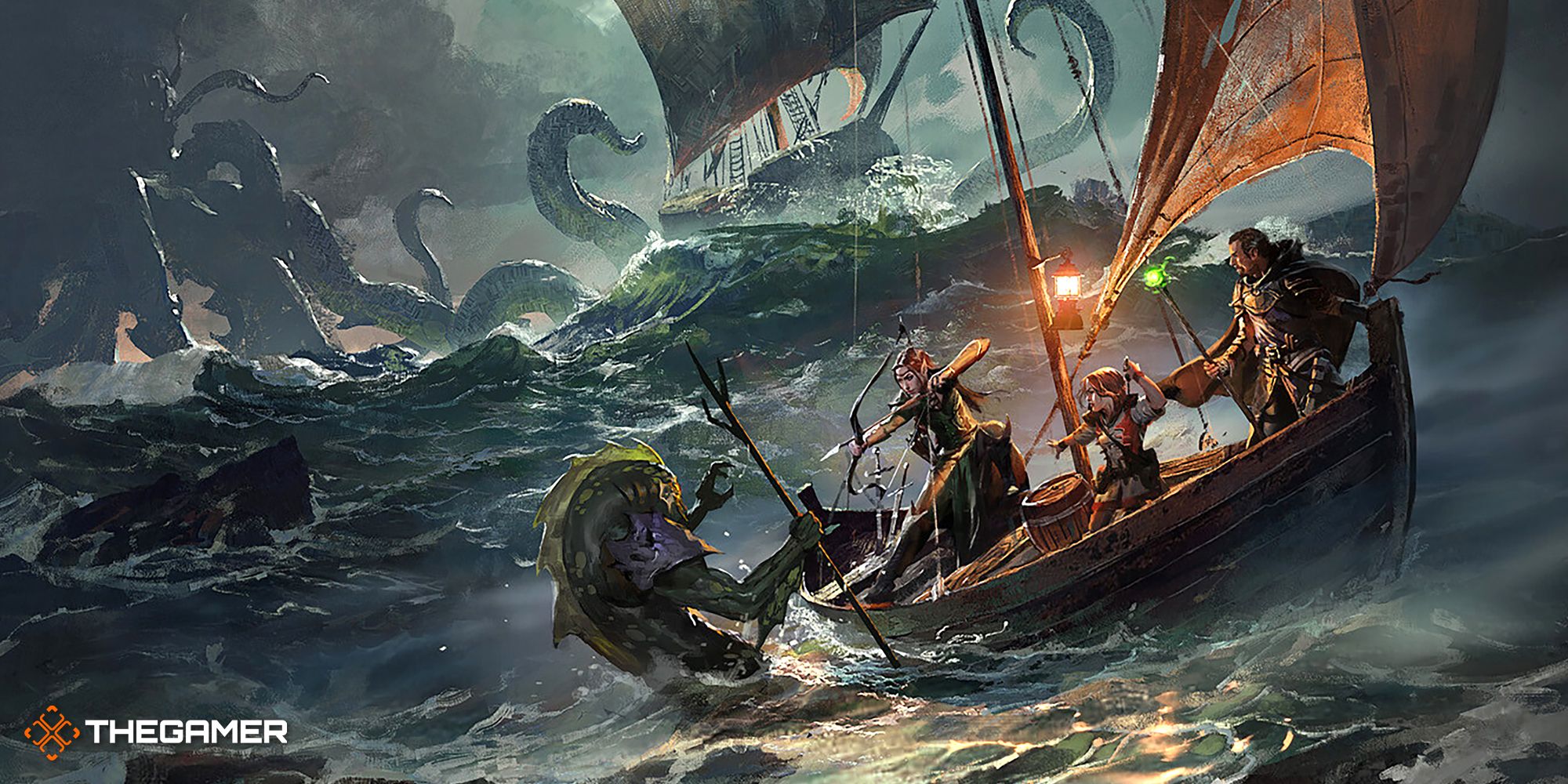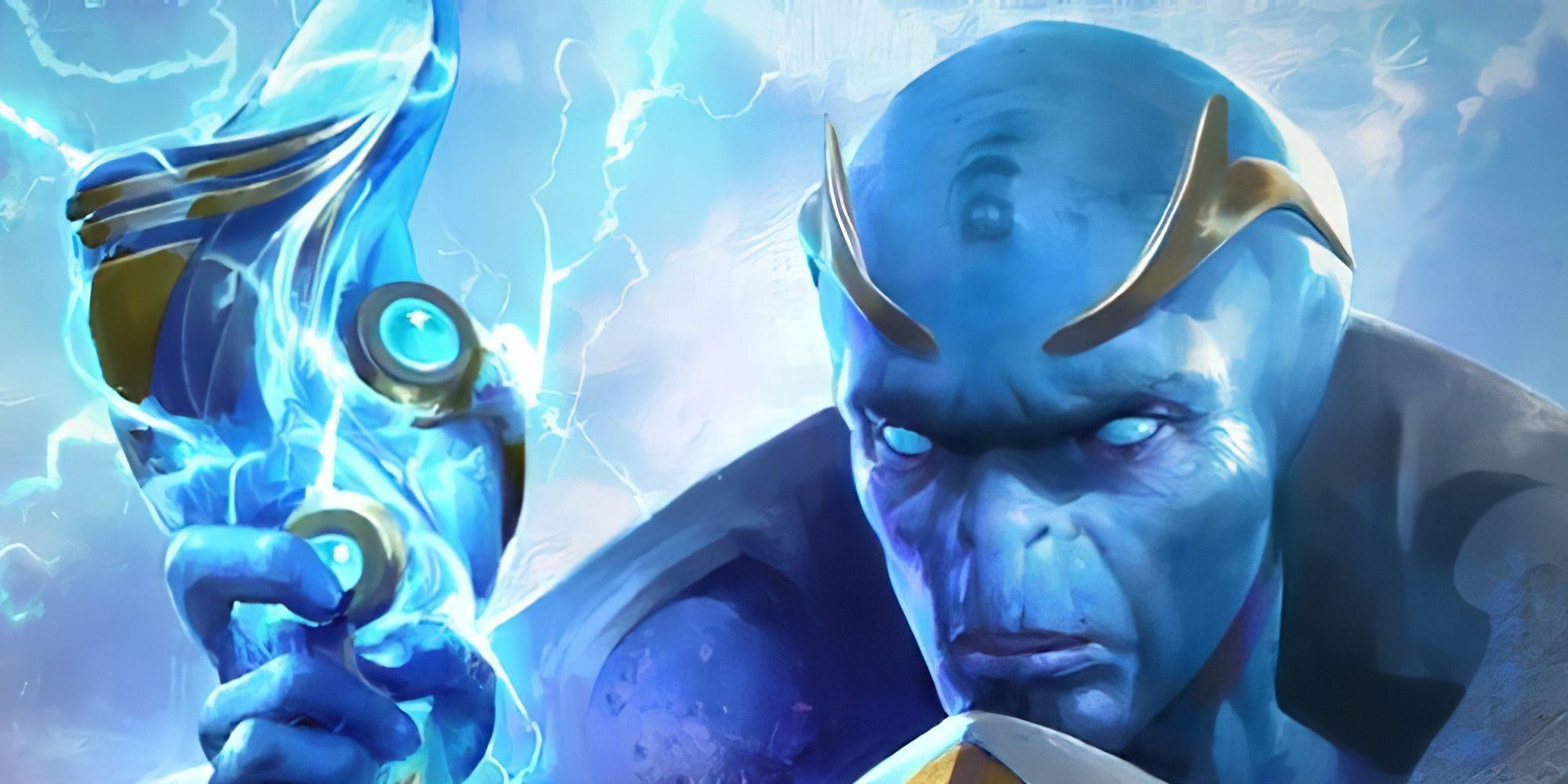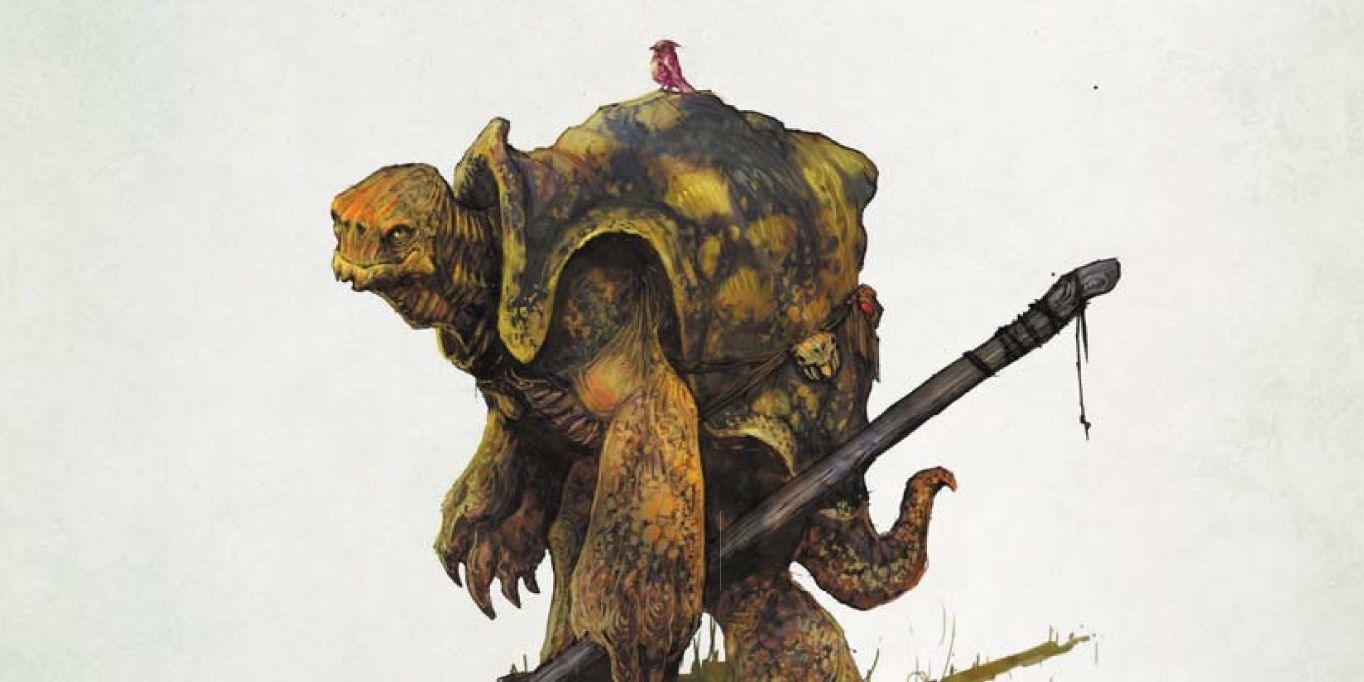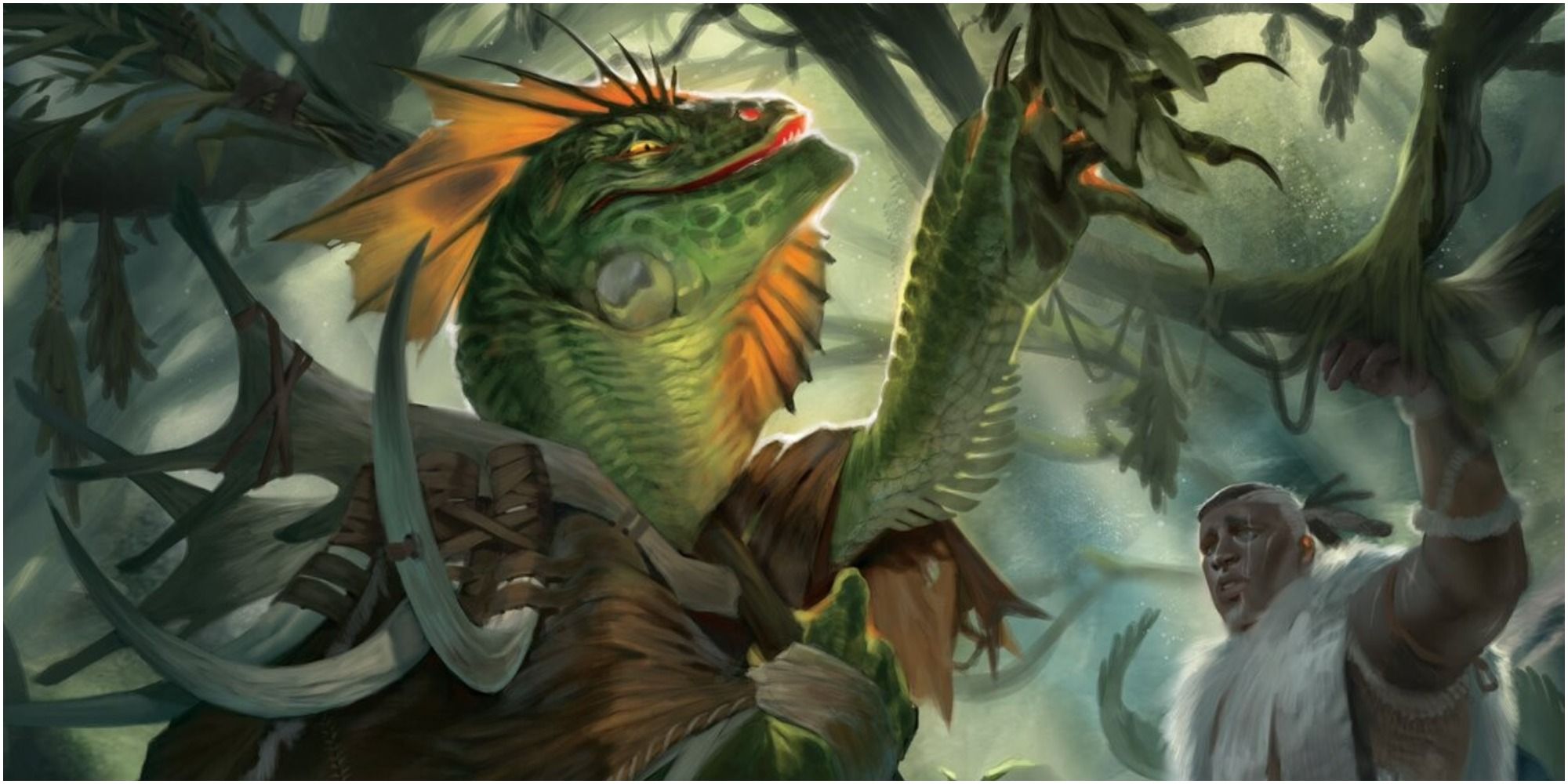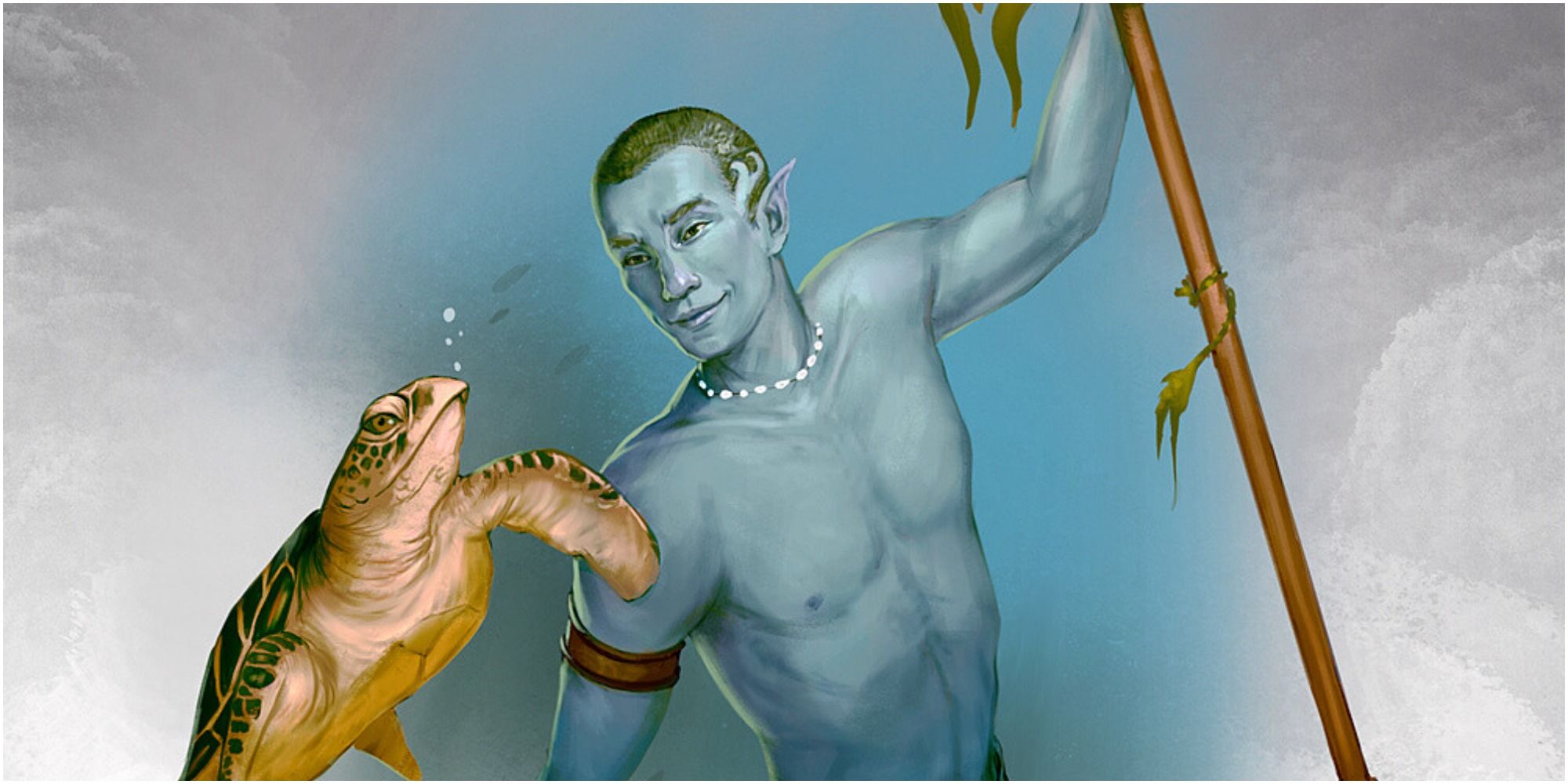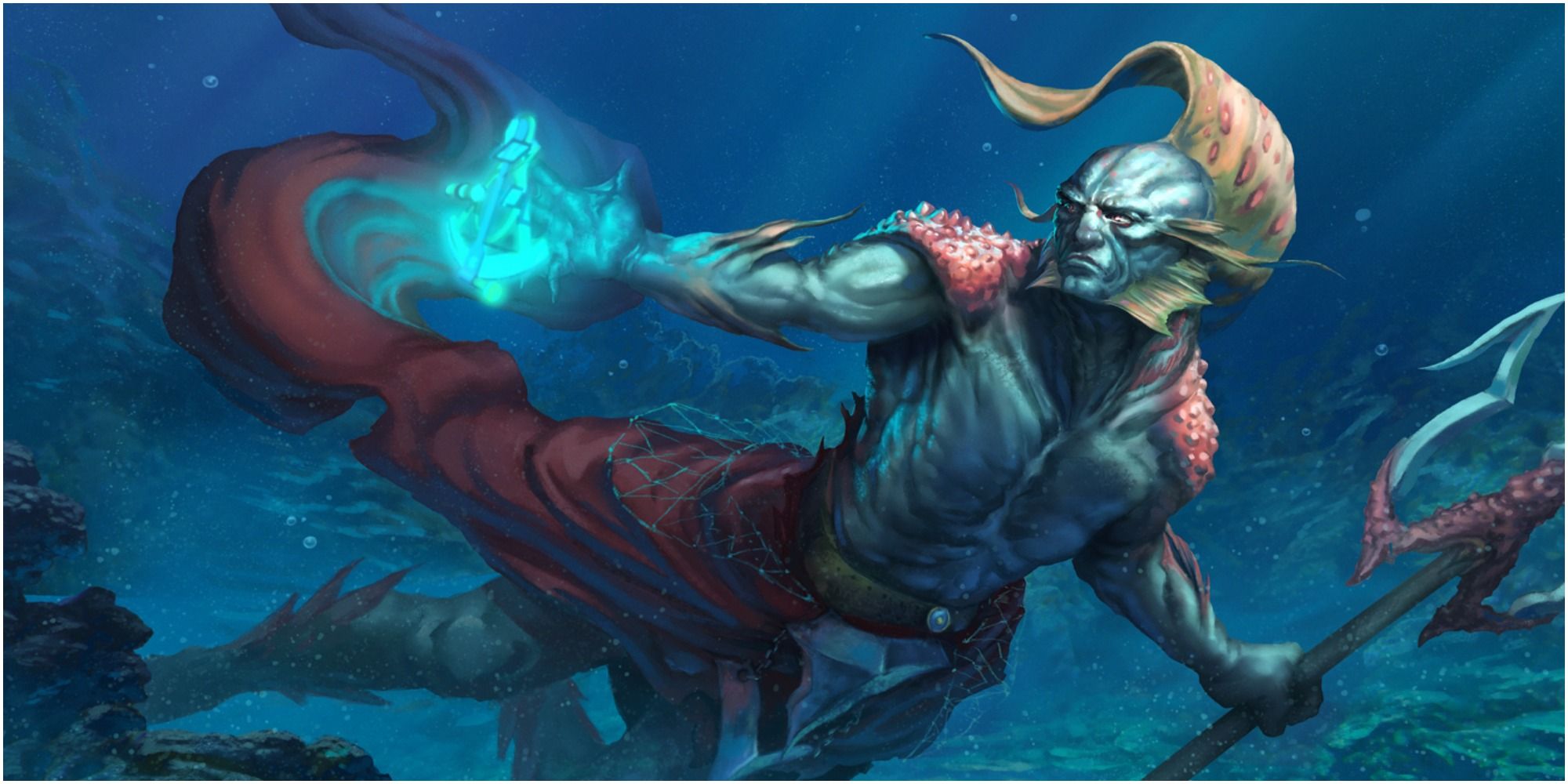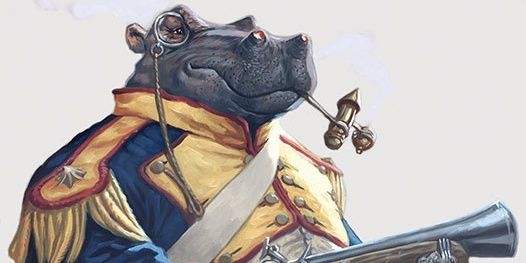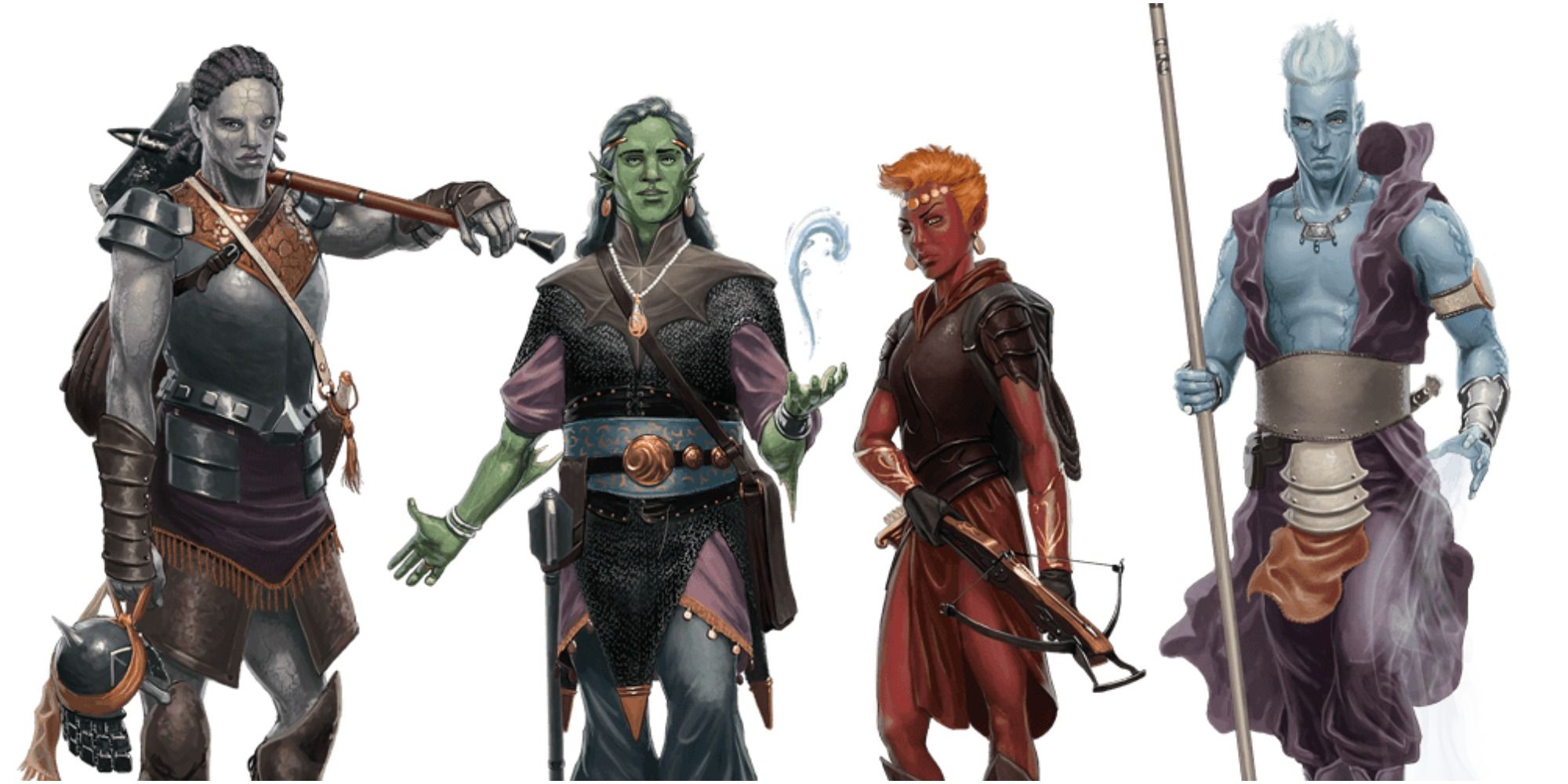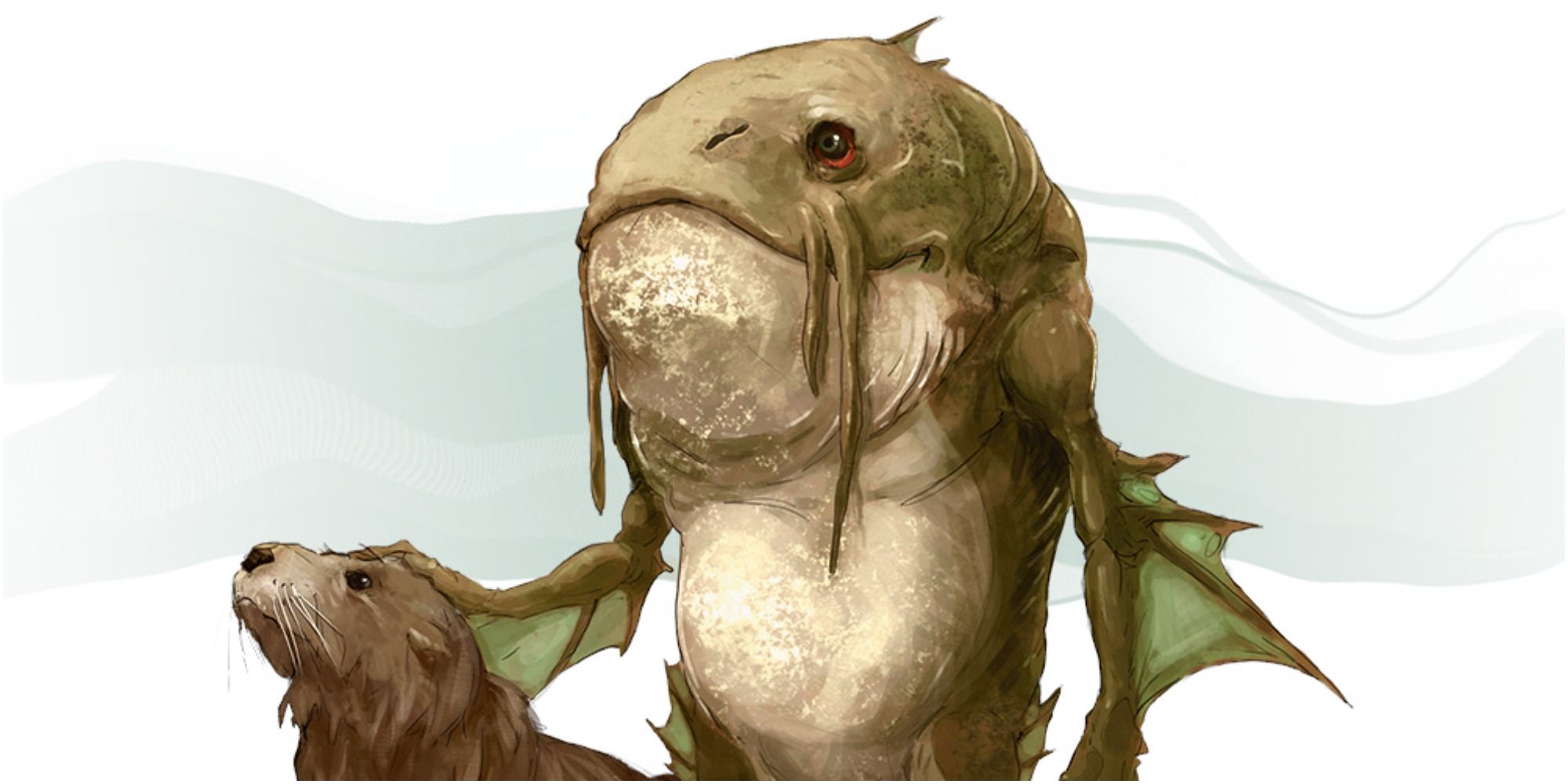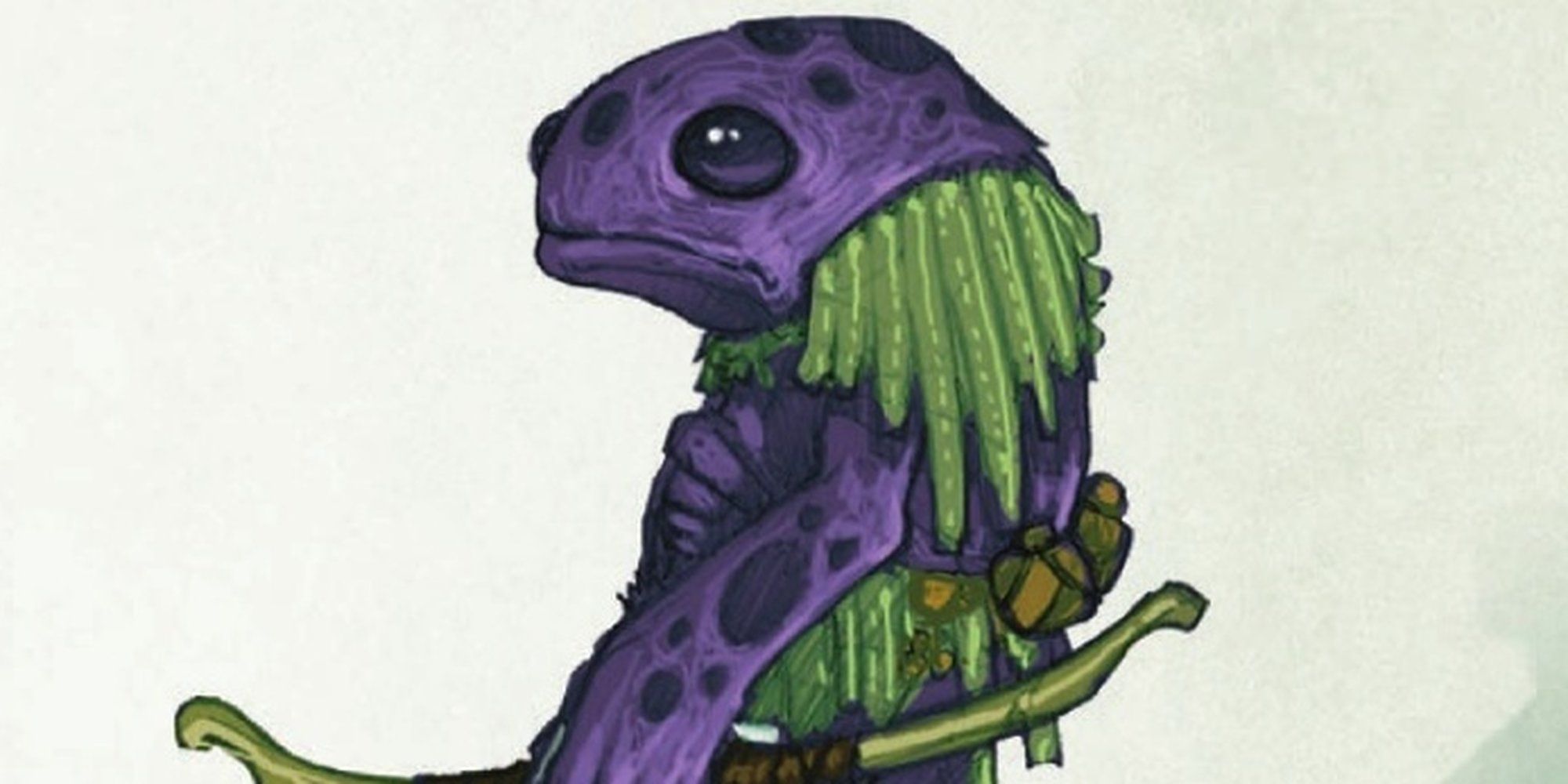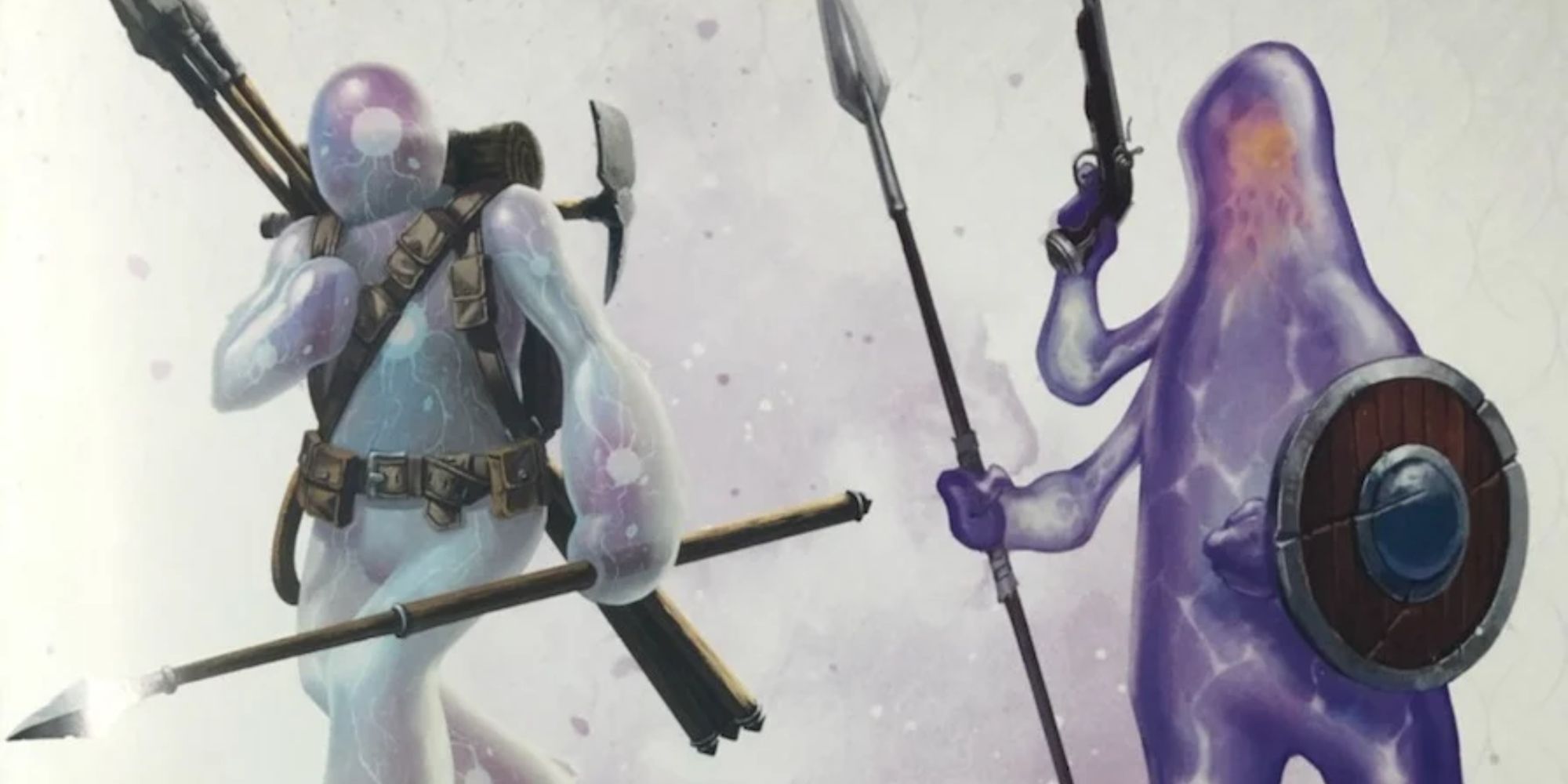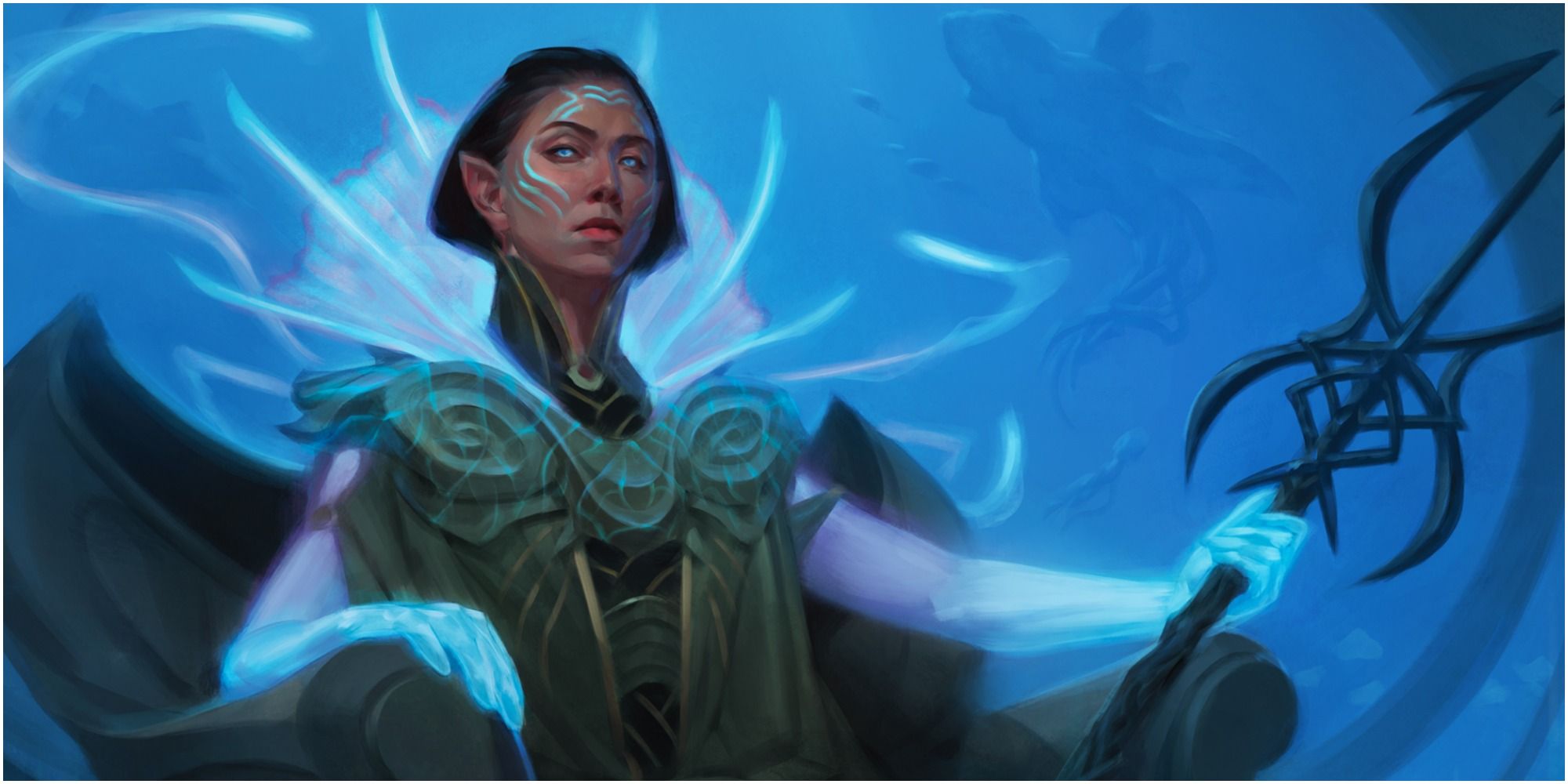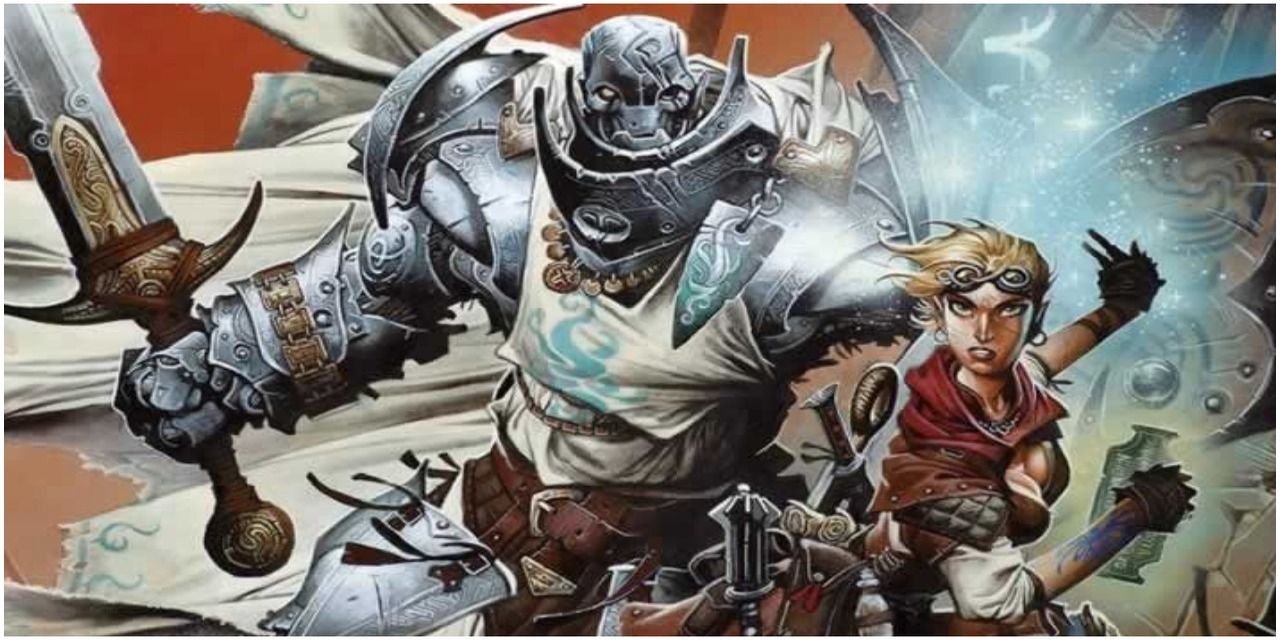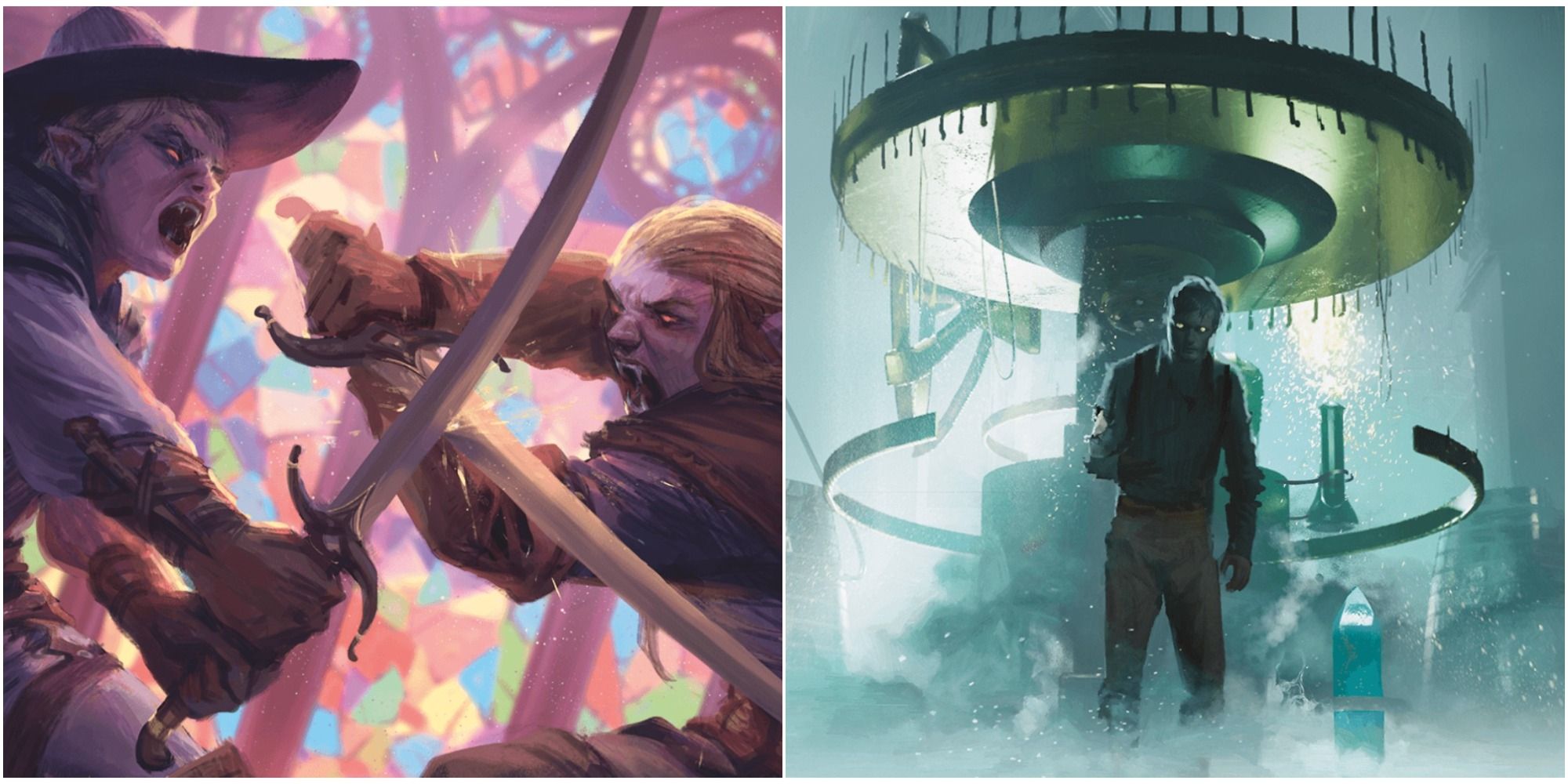Dungeons & Dragons is filled to the brim with an ever-expanding list of playable races and subraces for players to utilize when building their characters. Each race comes along with its own unique abilities and strengths as well as its own lore within the context of the game, with many races providing characters with great abilities they may not have otherwise.
When creating a character for a campaign, many DMs will provide players with context regarding the type of campaign that will be played, as doing so will help inform what types of characters would be suited for the adventure. In a campaign where the theme is water, the Dungeon Master can make some new choices available, and many races truly shine through their aptitude in the water.
Updated on March 19, 2023, by Kristy Ambrose: Dungeons & Dragons is constantly growing and expanding, giving players new options to explore when building characters. Unique nautical themes for adventures include sagas about pirates and mermaids, with some of the most iconic D&D adventures of yore taking place on ships, water, or in coastal areas. With the release of Monsters of the Multiverse, a wide range of races were given newly updated rules. As if that's not enough incentive to do some extra homework on aquatic races, players may be more interested in several of these options due to the release of Call of the Netherdeep, a campaign module with a significant emphasis on aquatic combat and travel.
13 Vedalken
Introduced in the Guildmaster's Guide to Ravnica, Vedalken are an aquatic race known for their mental aptitude. Toting the impressive trait of having an advantage on all Intelligence, Wisdom, and Charisma Saving Throws, Vedalken are skill experts, gaining the ability to add 1d4 to all skill checks made of a chosen skill.
While they can't breathe underwater indefinitely, a Vedalken would be perfectly suited for a party aboard a ship, primarily staying aboard while capable of fighting in the water when needed. This is because Vedalken are partially amphibious and capable of breathing water for up to one hour each day. For those in campaigns that take place on the sea rather than in the sea, a Vedalken is a strong race option to consider.
12 Tortle
It's a giant humanoid turtle, just like the name suggests, so it has a natural affinity to water even though it's not a very good swimmer. However, the Tortle is great at floating and can hold its breath for a long time. Aside from aquatic settings, it's also great at handling marshes and swamps, and is virtually impervious to quicksand.
The Tortle is a playable race in the adventure Baldur's Gate: Descent into Avernus, and typically lives in the warm and humid areas of Chult and Mystara. They are Lawful Good, which might limit your choices when it comes to classes, and are vulnerable to cold to boot.
11 Lizardfolk
Like Vedalken, Lizardfolk are a race that isn't particularly well-suited for a campaign set under the waves, rather they're perfectly suited for a semi-aquatic campaign such as a pirate adventure. Lizardfolk are a well-rounded race with a lot for players to appreciate. In addition to having natural armor and access to bonus proficiencies, Lizardfolk have access to a natural bite attack that can even be used as a bonus action.
When it comes to aquatic adventures, Lizardfolk are excellent swimmers, having access to a thirty-foot swimming speed. However, unlike many of the completely amphibious races on this list, Lizardfolk aren't capable of breathing underwater; rather they can hold their breath for up to fifteen minutes. This allows them to engage in aquatic combat in short bursts when traveling on a seafaring vessel.
10 Sea Elf
Along with Eladrin and Shadar-Kai, Sea Elves have been somewhat overhauled in Monsters of the Multiverse, now serving as their own race rather than as a sub-race of elves. Sea Elves boast a suite of useful features, including a swimming speed equal to their walking speed, cold resistance, Darkvision, and the ability to communicate with beasts that have access to swimming speeds, such as fish.
Furthermore, in addition to the classic Elf feature, Fey Ancestry, Sea Elves have access to the reworked version of the Trance mechanic. This allows a Sea Elf to gain temporary proficiency with any weapon or tool by simply meditating for four hours.
9 Triton
A race that traditionally lives at the bottom of the ocean, Tritons are amphibious people that can adeptly move within the water. Toting cold damage resistance, like Sea Elves, Tritons have access to Darkvision, making them adept at exploring the ocean depths.
While Triton could always communicate with beasts with swimming speeds, as of their update in Monsters of the Multiverse, characters of this race are also capable of communicating with Elementals and Monstrosities with swimming speeds, allowing Triton to serve as a party's ambassador when encountering any aquatic creatures.
Outside of amphibiousness, one of the selling points of this race is their ability to cast the spells Fog Cloud, Gust of Wind, and Water Walk once per day each, regardless of the Triton's class, providing solid utility. The Triton is currently the best example of an aquatic race in the D&D universe.
8 Giff
You wouldn't think of it to look at them, but the "hippo-folk" as they're also called, are space-faring people from the Realmspace. The Giff appear in Volo's Guide to Monsters and several mainstream D&D adventure modules.
Giff are usually of a Lawful Neutral Alignment, a reflection of their culture that emphasizes strong adherence to a chain of command and strict social hierarchies, which is why they're often employed as mercenaries or law-enforcement officers. They're an aquatic race that's exceptionally strong and surprisingly fast, which means they're effective in most settings, not just the ones where they'd have to do some swimming.
7 Water Genasi
Genasi is a race with four unique subraces, each inherently tied to one of the four elemental planes. Just as comfortable in the water as they are on land, Water Genasi have access to Acid Resistance and some magical utility that, like Triton, can be accessed regardless of a character's class.
As of the update to Water Genasi in Monsters of the Multiverse, all characters of this race can diversify their potential damage output and adapt to a foe's resistances through their access to the Acid Splash Cantrip. Additionally, upon reaching levels three and five, Water Genasi gain access to cast Create or Destroy Water and Water Walk Respectively, each of which is a stellar utility option when adventuring in an aquatic setting.
6 Locathah
If there's a time and place to play as a Locathah, a fish-like race, it's in an aquatic campaign. Unlike the previously mentioned races, a Locathah is only partially amphibious and will suffocate if not submerged in water every four hours. Despite this drawback, this aquatic race has plenty of great attributes that help to make up for it.
Locathah have access to natural armor that helps increase their AC even if they aren't wearing armor; they're automatically proficient in Athletics and Perception; and they, impressively, have Advantage on saving throws against being charmed, frightened, paralyzed, poisoned, stunned, or put to sleep! This makes a Locathah a stellar defensive choice as long as you can ensure you'll have regular access to large quantities of water.
5 Grung
Like Locathah, the Grung are a race that must be submerged in water to survive, gaining one point of exhaustion every day if they weren't submerged in water for at least one hour. However, similar to Locath, this froglike race has several great abilities that offset this weakness.
In addition to being completely immune to poison, the skin of a Grung is poisonous, dealing poison damage to those that come in contact with it. Additionally, a Grung has access to several solid mobility options, with a significantly improved high and long jump range and a climbing speed of 25 feet.
4 Plasmoid
The Plasmoid race was introduced with Spelljammer: Adventures in Space - Astral Adventurer's Guide, which is fitting because they look like they belong in outer space. This is an Ooze creature, and not exactly an aquatic race, but it can take humanoid form and often does depending on the setting or company.
Although they might be an awkward race to get used to, as Plasmoids are one of the few playable non-humanoid races, they have a lot of interesting advantages. One of them is being able to hold their breath for a full hour, which is nice in an aquatic setting, and their Amorphous skill is handy when swimming or squeezing through small spaces.
3 Simic Hybrid
Released as part of the Guildmaster's Guide to Ravnica, a Simic Hybrid is a human, elf, or vedalken that has been altered to possess traits of various animals. A Simic Hybrid is a uniquely customizable race that allows a player to choose two animal-inspired traits for their character; one at the character's first level and one when the character reaches level five.
As the Underwater Adaptation option makes a character amphibious, a character with this ability would be perfectly suited for an aquatic campaign. Then, you can leave the second animal enhancement open for whatever you want, such as a carapace or acid spit.
2 Warforged
Warforged are a mechanical race that serve as the closest thing to a robot a player can choose as their race. Warforged have access to several solid traits such as an improved natural armor class and additional proficiencies.
Most notably, due to its Constructed Resilience feature, a Warforged isn't just immune to disease and sleep-inducing effects, but it lacks the necessity to eat, drink, or breathe. This means that a Warforged can survive underwater with ease.
1 Dhampir And Reborn
Dhampir and Reborn are two lineages introduced in Van Richten's Guide to Ravenloft. Serving as a playable pseudo-undead, despite not being classified as undead, a Dhampir is comparable to a playable Vampire while a Reborn has traits that one may associate with a Zombie or Wight. Each of these gothic lineages is quite different, with the main appeal of a Dhampir being its ability to walk on walls and use a special bite attack, while a Reborn has Advantage on death-saving throws and can call on past memories to improve various rolls.
However, one thing that these two pseudo-undead races have in common is the fact that neither a Dhampir nor a Reborn needs to breathe, meaning they can each travel underwater when needed.

